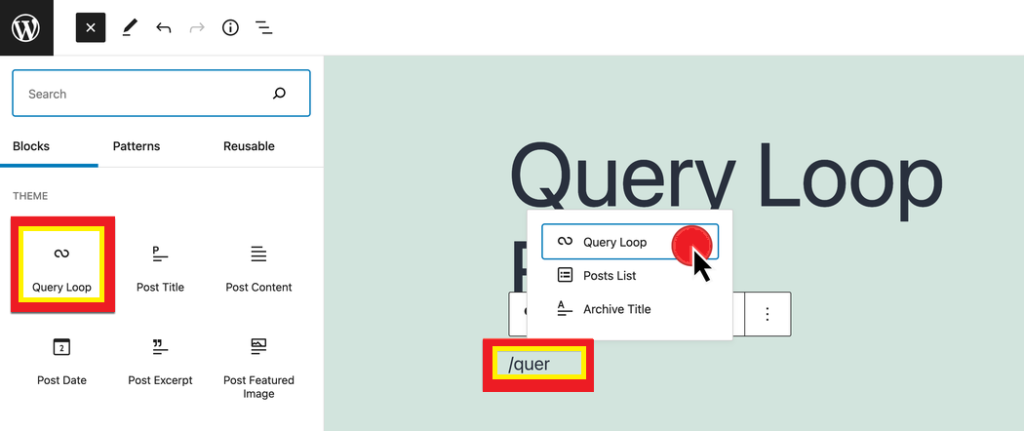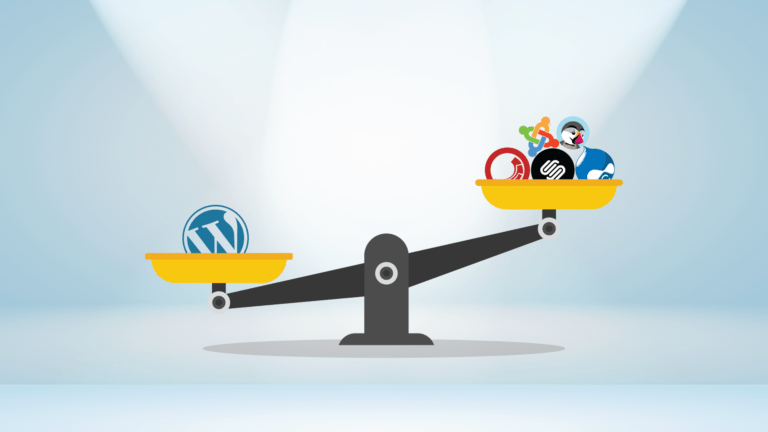If you’re familiar with WordPress development, you’ve likely come across the term “Query Loop.” But what exactly is it, and why is it considered a key element in creating dynamic websites? In this post, we’ll delve into the intricacies of the Query Loop and explore how it plays a pivotal role in crafting dynamic and engaging web experiences.
Understanding the Basics
At its core, the Query Loop is a PHP code structure that retrieves and displays posts from the WordPress database. It’s the powerhouse behind the dynamic content you see on your website’s pages. When you visit a WordPress site, you’re not just looking at static content; you’re witnessing the result of the Query Loop at work.

The Standard Loop
The standard or main loop is the default mechanism that WordPress uses to display posts. It typically looks something like this:
<?php if ( have_posts() ) : while ( have_posts() ) : the_post(); ?>
<!-- Your post content goes here -->
<h2><?php the_title(); ?></h2>
<?php the_content(); ?>
<?php endwhile; else : ?>
<p><?php esc_html_e( 'No posts found' ); ?></p>
<?php endif; ?>Breaking it down:
have_posts()checks if there are posts available.while ( have_posts() )initiates a loop that iterates through each post.the_post()sets up the current post data.- Inside the loop, you can use functions like
the_title()andthe_content()to display post information.
Custom Queries with WP_Query
While the main loop is effective for standard post displays, there are scenarios where you need more control over what content to retrieve. This is where WP_Query comes into play. With WP_Query, you can construct custom queries based on specific parameters. Here’s a quick example:
<?php
$args = array( 'category_name' => 'news',
'posts_per_page' => 5
);
$query = new WP_Query( $args );
if ( $query->have_posts() ) :
while ( $query->have_posts() ) : $query->the_post();
// Your custom loop content goes here
the_title();
endwhile;
wp_reset_postdata(); // Reset the post data to the main query
else :
echo esc_html( 'No posts found' );
endif;
?>In this example, we’re using WP_Query to fetch posts from the ‘news’ category, limiting the number of posts to 5.
Why It Matters for Dynamic Web Development
The Query Loop is the engine that enables dynamic content on your WordPress site. Whether you’re building a blog, a portfolio, or an e-commerce platform, understanding and mastering the Query Loop empowers you to tailor the presentation of content to meet your specific needs.
By customizing queries, you can create dynamic and interactive elements, such as featured content sections, related posts, or custom post types. This level of flexibility is what sets WordPress apart as a versatile and powerful content management system.
Conclusion
In the world of WordPress development, the Query Loop is more than just a technicality—it’s a gateway to dynamic and personalized web experiences. Whether you’re a seasoned developer or just starting, grasping the nuances of the Query Loop opens up a world of possibilities for crafting websites that go beyond the ordinary. Embrace the power of the Query Loop, and unlock the true potential of dynamic web development in WordPress.
For more info on Query Loops or its implementation on your website, have a chat with us Now!
![]()


